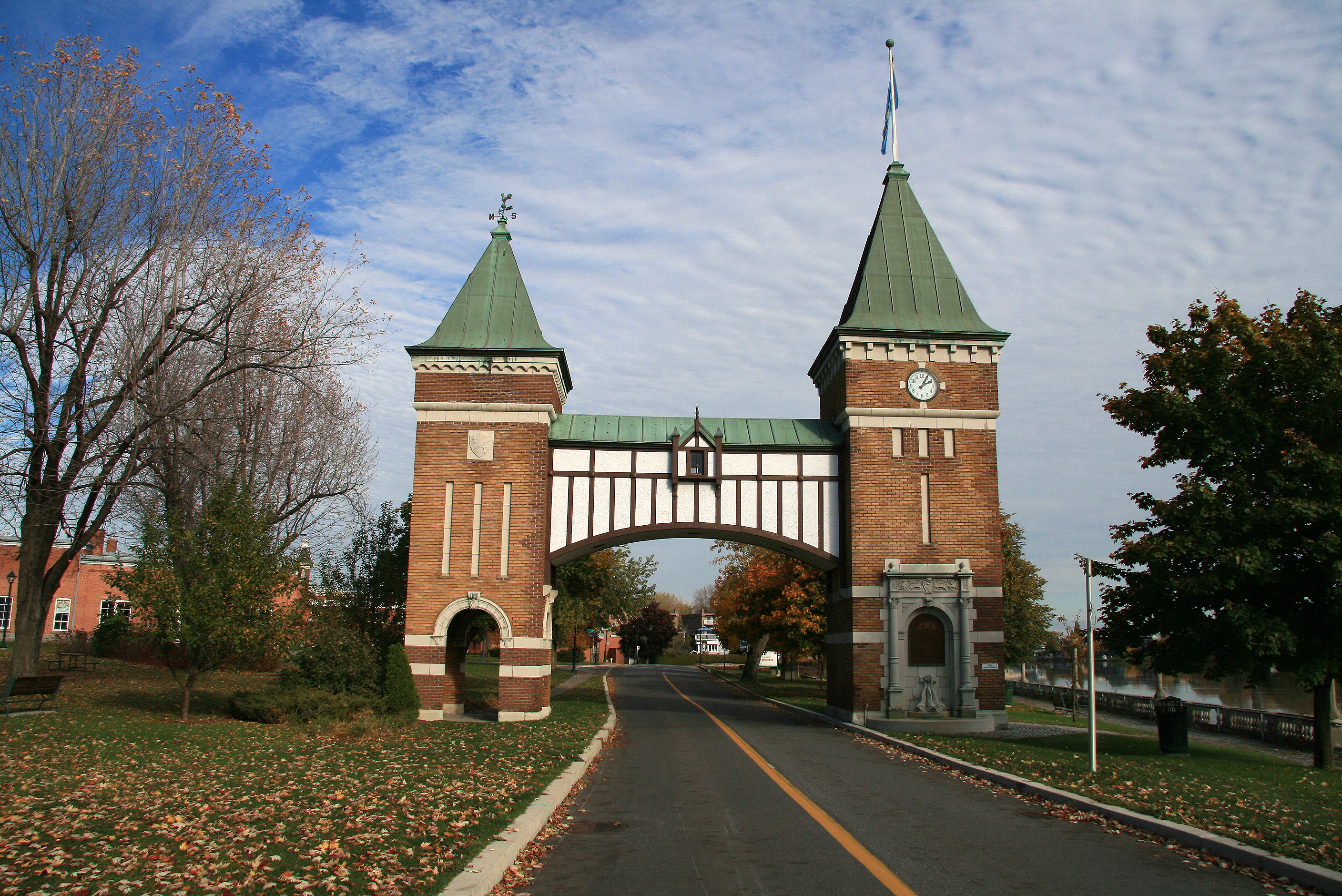|
Sainte-Rosalie
Sainte-Rosalie is a former town in Quebec, Canada which was annexed to the town of Saint-Hyacinthe in 2002. See also * 2000–06 municipal reorganization in Quebec External links Fondation du patrimoine religieux du Québec - Inventaire des lieux de culte du Québec – Église Sainte-Rosalie Communities in Montérégie Former municipalities in Quebec Saint-Hyacinthe Populated places disestablished in 2002 {{Montérégie-geo-stub ... [...More Info...] [...Related Items...] OR: [Wikipedia] [Google] [Baidu] |
Saint-Hyacinthe
Saint-Hyacinthe (; French: ) is a city in southwestern Quebec east of Montreal on the Yamaska River. The population as of the 2021 Canadian census was 57,239. The city is located in Les Maskoutains Regional County Municipality of the Montérégie region, and is traversed by the Yamaska River. Quebec Autoroute 20 runs perpendicular to the river. Saint-Hyacinthe is the seat of the judicial district of the same name. History Jacques-Hyacinthe Simon dit Delorme, owner of the seigneurie, started its settlement in 1757. He gave his patron saint name (Saint Hyacinth the Confessor of Poland) to the seigneurie, which was made a city in 1850. St. Hyacinth's Cathedral is the seat of the Roman Catholic Diocese of Saint-Hyacinthe. It was erected in 1852. 2001 merger As part of the 2000–06 municipal reorganization in Quebec, on 27 December 2001, the city of Saint-Hyacinthe amalgamated with five neighbouring towns (listed here with their populations as of 2001): * Saint-Hyacinthe ( ... [...More Info...] [...Related Items...] OR: [Wikipedia] [Google] [Baidu] |
Quebec
Quebec ( ; )According to the Canadian government, ''Québec'' (with the acute accent) is the official name in Canadian French and ''Quebec'' (without the accent) is the province's official name in Canadian English is one of the thirteen provinces and territories of Canada. It is the largest province by area and the second-largest by population. Much of the population lives in urban areas along the St. Lawrence River, between the most populous city, Montreal, and the provincial capital, Quebec City. Quebec is the home of the Québécois nation. Located in Central Canada, the province shares land borders with Ontario to the west, Newfoundland and Labrador to the northeast, New Brunswick to the southeast, and a coastal border with Nunavut; in the south it borders Maine, New Hampshire, Vermont, and New York in the United States. Between 1534 and 1763, Quebec was called ''Canada'' and was the most developed colony in New France. Following the Seven Years' War ... [...More Info...] [...Related Items...] OR: [Wikipedia] [Google] [Baidu] |
2000–06 Municipal Reorganization In Quebec
The dash is a punctuation mark consisting of a long horizontal line. It is similar in appearance to the hyphen but is longer and sometimes higher from the baseline. The most common versions are the endash , generally longer than the hyphen but shorter than the minus sign; the emdash , longer than either the en dash or the minus sign; and the horizontalbar , whose length varies across typefaces but tends to be between those of the en and em dashes. History In the early 1600s, in Okes-printed plays of William Shakespeare, dashes are attested that indicate a thinking pause, interruption, mid-speech realization, or change of subject. The dashes are variously longer (as in King Lear reprinted 1619) or composed of hyphens (as in Othello printed 1622); moreover, the dashes are often, but not always, prefixed by a comma, colon, or semicolon. In 1733, in Jonathan Swift's ''On Poetry'', the terms ''break'' and ''dash'' are attested for and marks: Blot out, correct, insert ... [...More Info...] [...Related Items...] OR: [Wikipedia] [Google] [Baidu] |
Communities In Montérégie
A community is a social unit (a group of living things) with commonality such as place, norms, religion, values, customs, or identity. Communities may share a sense of place situated in a given geographical area (e.g. a country, village, town, or neighbourhood) or in virtual space through communication platforms. Durable good relations that extend beyond immediate genealogical ties also define a sense of community, important to their identity, practice, and roles in social institutions such as family, home, work, government, society, or humanity at large. Although communities are usually small relative to personal social ties, "community" may also refer to large group affiliations such as national communities, international communities, and virtual communities. The English-language word "community" derives from the Old French ''comuneté'' ( Modern French: ''communauté''), which comes from the Latin ''communitas'' "community", "public spirit" (from Latin ''communis'', "comm ... [...More Info...] [...Related Items...] OR: [Wikipedia] [Google] [Baidu] |
Former Municipalities In Quebec
A former is an object, such as a template, gauge or cutting die, which is used to form something such as a boat's hull. Typically, a former gives shape to a structure that may have complex curvature. A former may become an integral part of the finished structure, as in an aircraft fuselage, or it may be removable, being using in the construction process and then discarded or re-used. Aircraft formers Formers are used in the construction of aircraft fuselage, of which a typical fuselage has a series from the nose to the empennage, typically perpendicular to the longitudinal axis of the aircraft. The primary purpose of formers is to establish the shape of the fuselage and reduce the column length of stringers to prevent instability. Formers are typically attached to longerons, which support the skin of the aircraft. The "former-and-longeron" technique (also called stations and stringers) was adopted from boat construction, and was typical of light aircraft built until the a ... [...More Info...] [...Related Items...] OR: [Wikipedia] [Google] [Baidu] |




